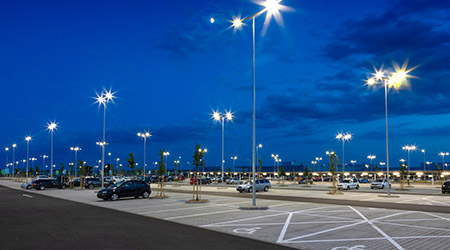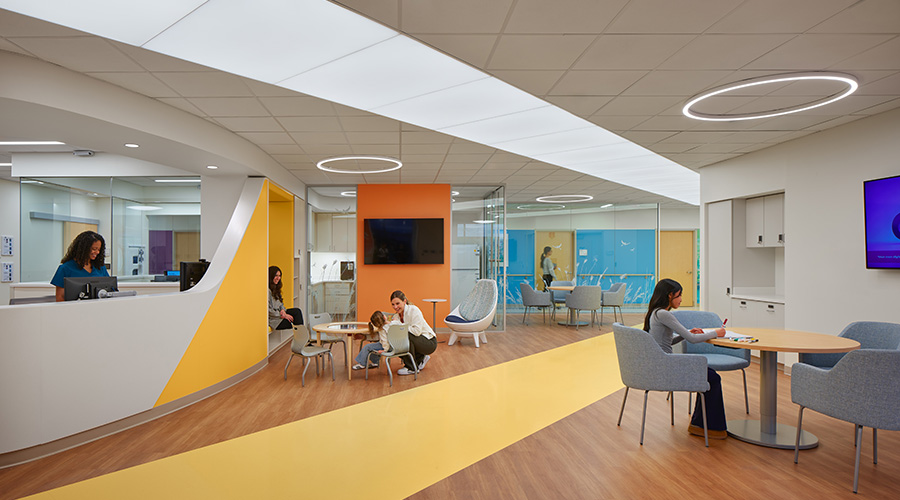Healthcare facilities managers place a high priority on protecting the safety and health of patients, staff and visitors, and not just inside their buildings. Their efforts extend to exterior areas, especially parking lots. Now they have a resource at their disposal that aims to improve lighting in these areas.
The Lighting Research Center (LRC) at Rensselaer Polytechnic Institute has published a new guide for parking lot lighting, which demonstrates strategies and tactics to promote safety while reducing power demand by lighting the parking lot area more uniformly.
“Exterior lighting in parking lots should support the visibility of hazards—and reinforce perceptions of safety so that people are not afraid to use the space at night,” said Jennifer Brons, director of design demonstrations and one of the guide's authors.
The guide provides a summary of research results on this topic, along with four steps that lighting designers and specifiers can follow in order to compare performance of alternatives to a base case parking lot lighting design.
Average light levels are important contributors to perceptions of safety in parking lots. But to minimize power demand, lighting designers and specifiers should strive to maximize uniformity. While sources with higher correlated color temperature (CCT) will be perceived as brighter than low CCT sources, this is limited in importance compared to uniformity. With better uniformity, much lower average illuminances can be provided while improving both perceived safety and brightness. The guide also provides a link to a calculation that tool specifiers can use to estimate occupants’ ratings of perceived safety.
“By using perceived safety as a performance criterion, alternate lighting designs can be evaluated to minimize power demand while balancing other design criteria,” said John Bullough, director of transportation and safety lighting programs. “Taking advantage of uniformity has implications not only for energy savings but also for minimizing light pollution.”

 Contaminants Under Foot: A Closer Look at Patient Room Floors
Contaminants Under Foot: A Closer Look at Patient Room Floors Power Outages Largely Driven by Extreme Weather Events
Power Outages Largely Driven by Extreme Weather Events Nemours Children's Health Opens New Moseley Foundation Institute Hospital
Nemours Children's Health Opens New Moseley Foundation Institute Hospital Code Compliance Isn't Enough for Healthcare Resilience
Code Compliance Isn't Enough for Healthcare Resilience Ribbon Cutting Marks First Phase Completion for New Montefiore Einstein Facility
Ribbon Cutting Marks First Phase Completion for New Montefiore Einstein Facility